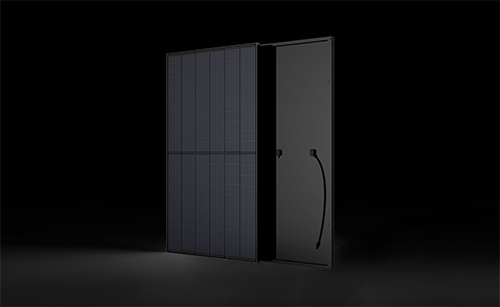
By Steven Wittenberg, Trina Solar Product Manager
Residential solar installers have a lot of options for promoting to homeowners the benefits of rooftop solar panels. From lowered energy costs to a reduced carbon footprint, installers have plenty of good selling points for rooftop PV systems.
However, one important factor stands out amongst the rest: the reliability of the PV panels.
Studies consistently show that a solar panel’s reliability is one of the primary considerations that factors into which solar panels homeowners choose. In fact, a recent MIT survey found that solar owners ranked reliability more important than price. Installers can focus on the reliability, durability and longevity of the solar panels to further incentivize potential customers.
Pitching the sale in terms of a long-term investment instead of as upfront costs can also help seal the deal with skeptical homeowners. With a better understanding of solar panels serving as a long-term investment, an industry-leading warranty attached to it can further drive the sale. But this also means that homeowners will want to know that the panels they’re buying will stand the test of time to make a return on that investment.
How to tell which solar panels are reliable
It isn’t enough to simply say that a solar panel is reliable. Homeowners want to see the proof. There are several ways that residential installers can show how a solar panel’s reliability holds up to satisfy homeowners’ concerns about the module’s longevity.
R&D
Research and development for the original equipment manufacturer plays an important role in ensuring the product’s reliability. This means it’s important to look for solar manufacturers that have a long track record of R&D in improving and refining their processes and products for greater reliability.
Warranties
Strong warranties for both the product and performance are another indicator of a solar panel’s reliability. Module manufacturers with industry-standard warranties or longer show that these companies stand by their panels. This also helps alleviate homeowners’ worries about the potential need for replacements in the future.
Bankability
The bankability of the solar panel manufacturer is another key metric to distinguish the company’s reliability. To be considered bankable, multiple lenders must demonstrate significant confidence that a company will be around to honor warranties and guarantees. After all, a warranty doesn’t matter if the company who issued it is no longer around.
Third-party testing
Any company can boast about their products’ reliability, whether it’s true or not. This makes independent, third-party testing and recognition critical. Knowing which manufacturers undergo third-party testing helps sift through the static of other less reliable panels.

What solar company meets these reliability standards?
It might seem difficult finding a solar company that meets all these strict reliability standards, but there is one option: Trina Solar.
Trina Solar’s State Key Laboratory continues to break records on solar cell efficiency and module power, while innovating new ways to improve module reliability.
Trina offers industry-standard product and performance warranties for its residential modules. Keep an eye out for a major announcement from Trina Solar on this front.
But you don’t have to take our word for it. Bloomberg New Energy Finance (BNEF) has consistently ranked Trina Solar “Fully Bankable” year after year, one of only a small handful of solar companies to receive this prestigious ranking. Trina has topped the list for the past five years. And PV Evolution Labs’ (PVEL) Reliability Scorecard, one of the industry’s most trusted third-party reliability tests, has recognized Trina Solar as a “Top Performer” for six consecutive years.
When it comes to residential solar, Trina Solar offers solar panels you can rely on, from a company you can trust.
Reach out today to learn more about Trina’s sleek, reliable and affordable residential solar panels.
This is the second part of a four-part series on the residential solar sector. Check back soon for part three.
Sponsored content by Trina Solar





Tell Us What You Think!